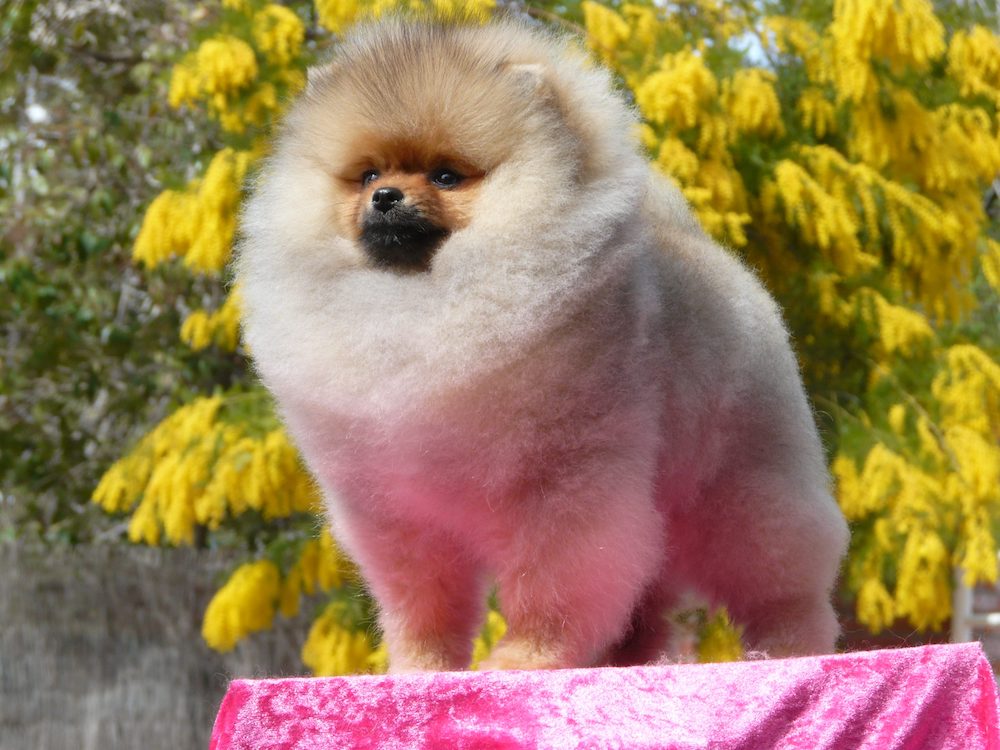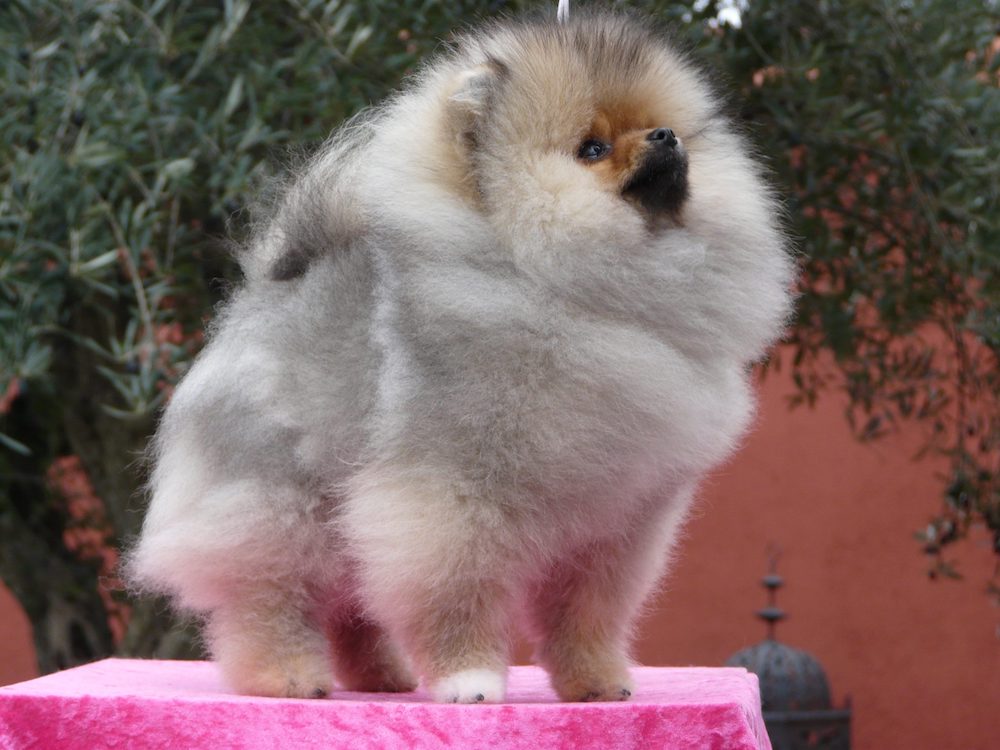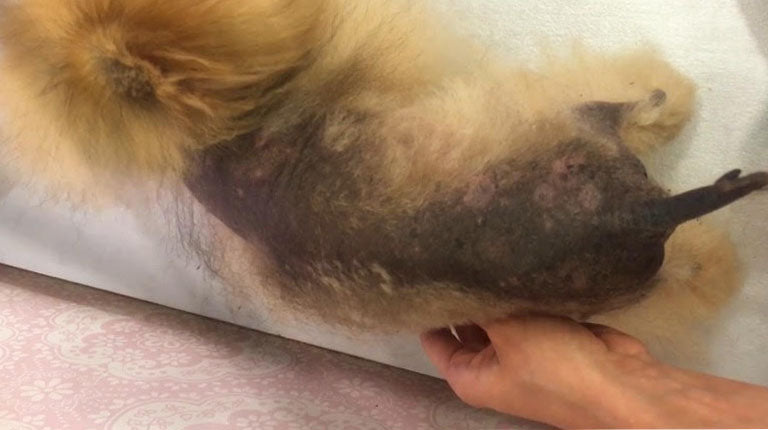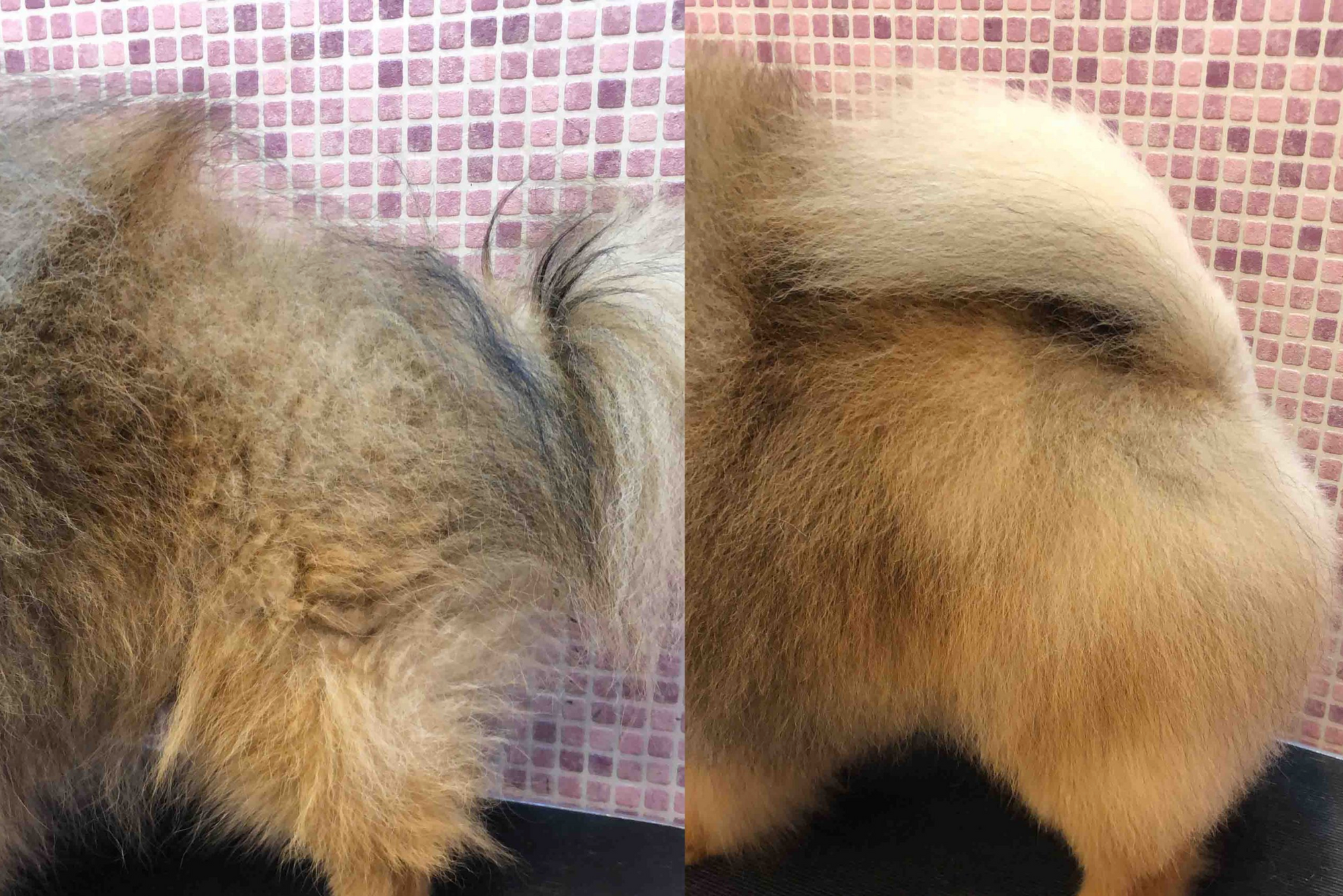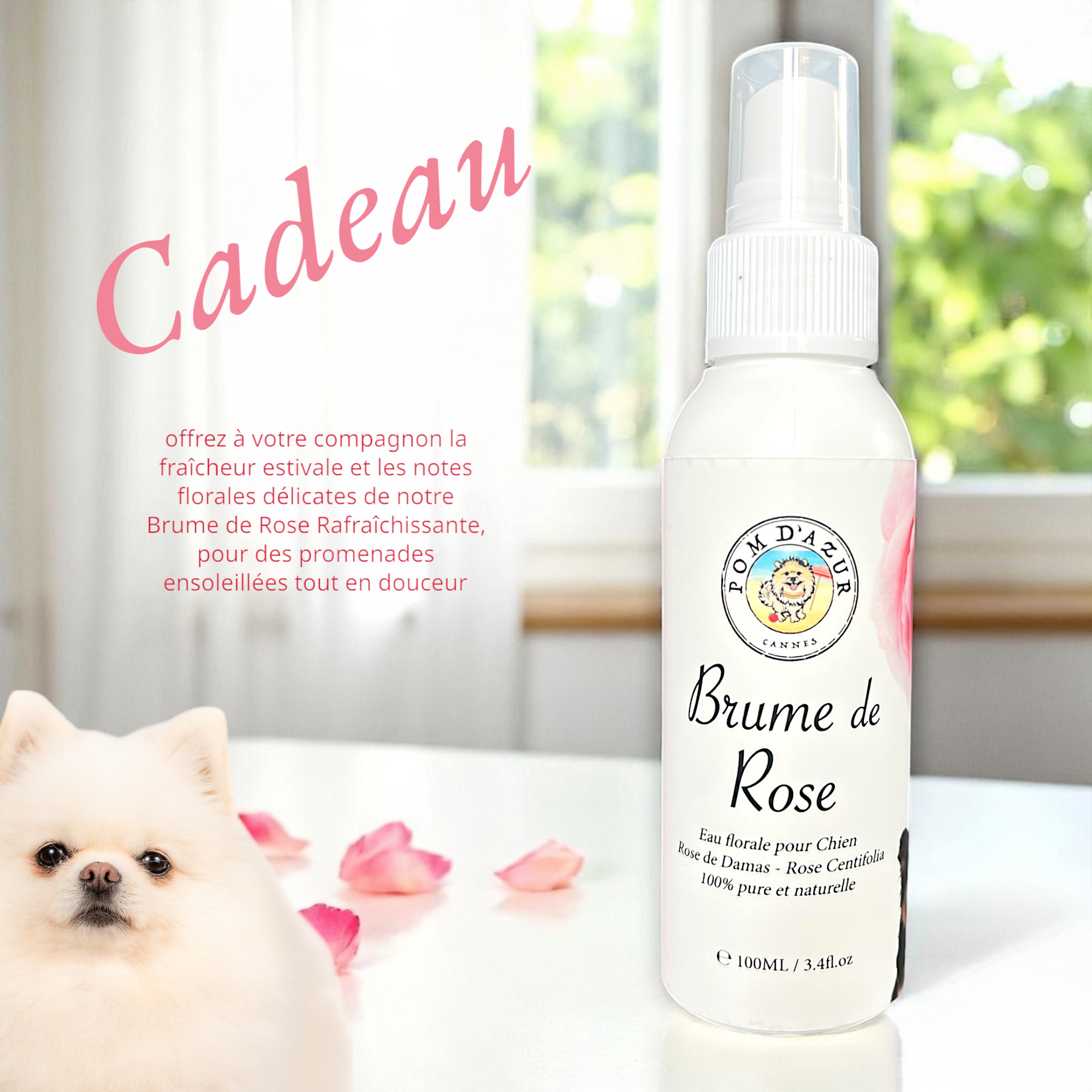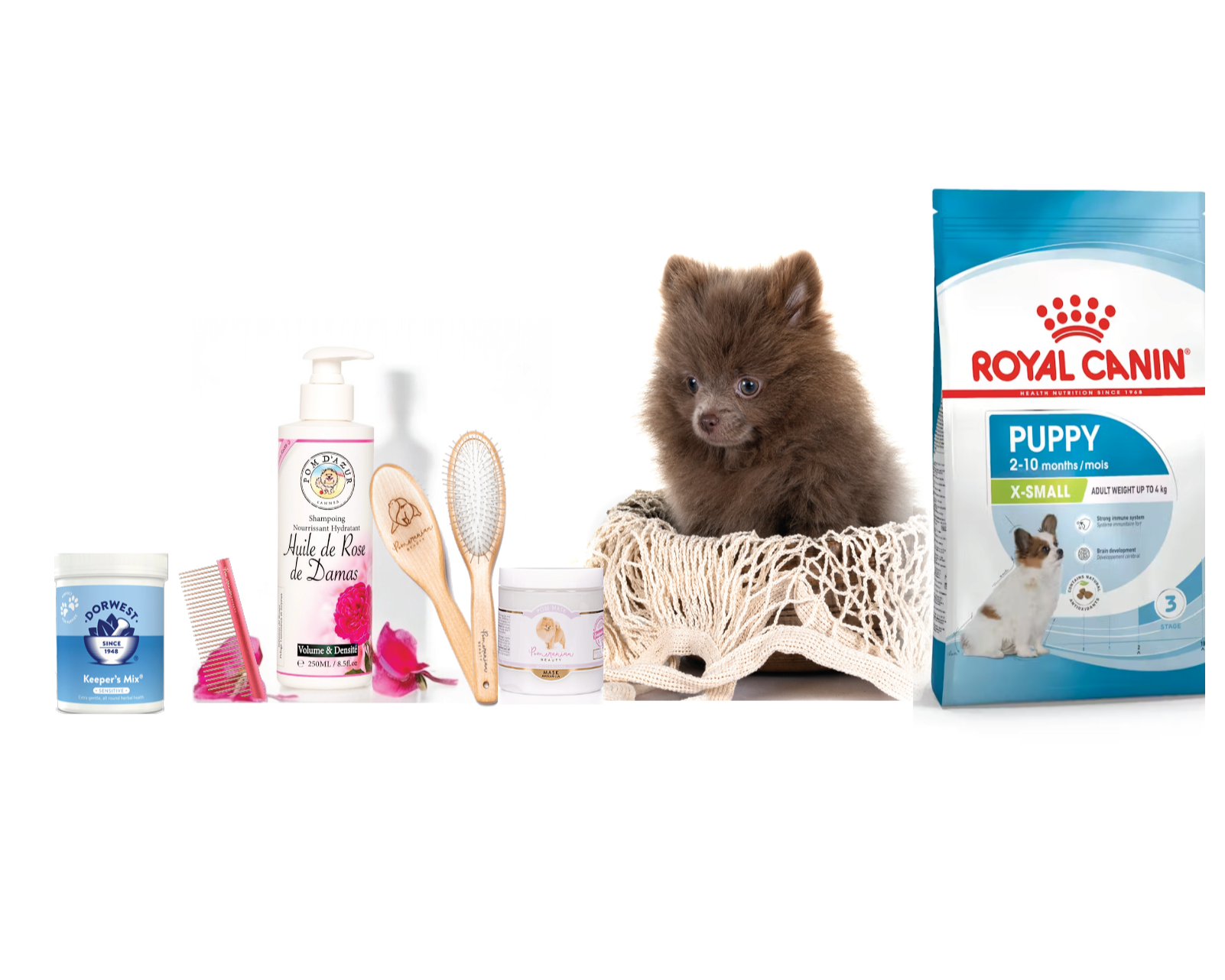Alopecia X in the Pomeranian, also known as Black Skin Disease (BSD), is a skin condition that primarily affects Nordic breeds, with the Pomeranian being one of the most affected.
It is called alopecia X because of the unknown origin of the condition, hence the "X". It is also known as "black skin disease" when the condition is accompanied by hyperpigmentation of the skin.
It is a total or partial hair loss in Miniature Spitz or Nordic dogs, with or without skin pigmentation, often linked to follicular atrophy.
This condition affects males more than females.
Alopecia usually begins in Pomeranians between the ages of one and a half and two years, although it can appear at any age.
Certain factors can trigger the disease, such as a drop in immune defenses or a bad haircut.

